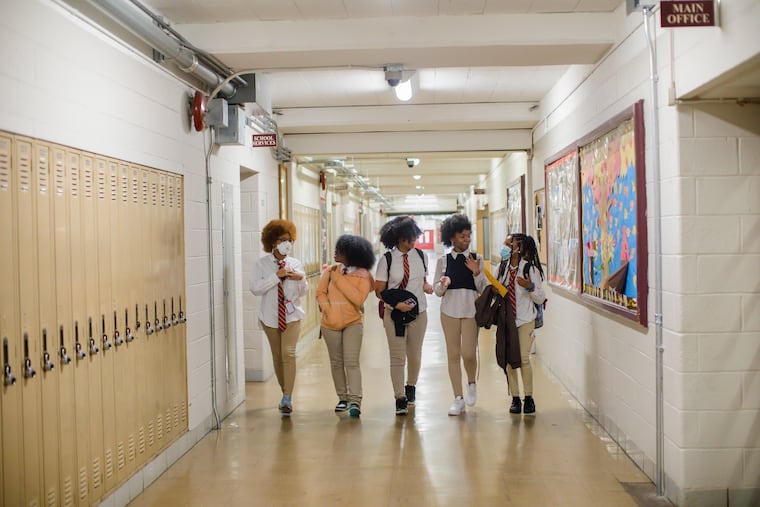Philly schools’ dress code is now a model, with kids allowed to dress in a way that ‘celebrates’ their identities
The dress code spells out protected hairstyles: “such as braids, locs, puffs, afros, twists, wigs, including styles with elements such as headbands, head wraps, bonnets, barrettes or beads."
